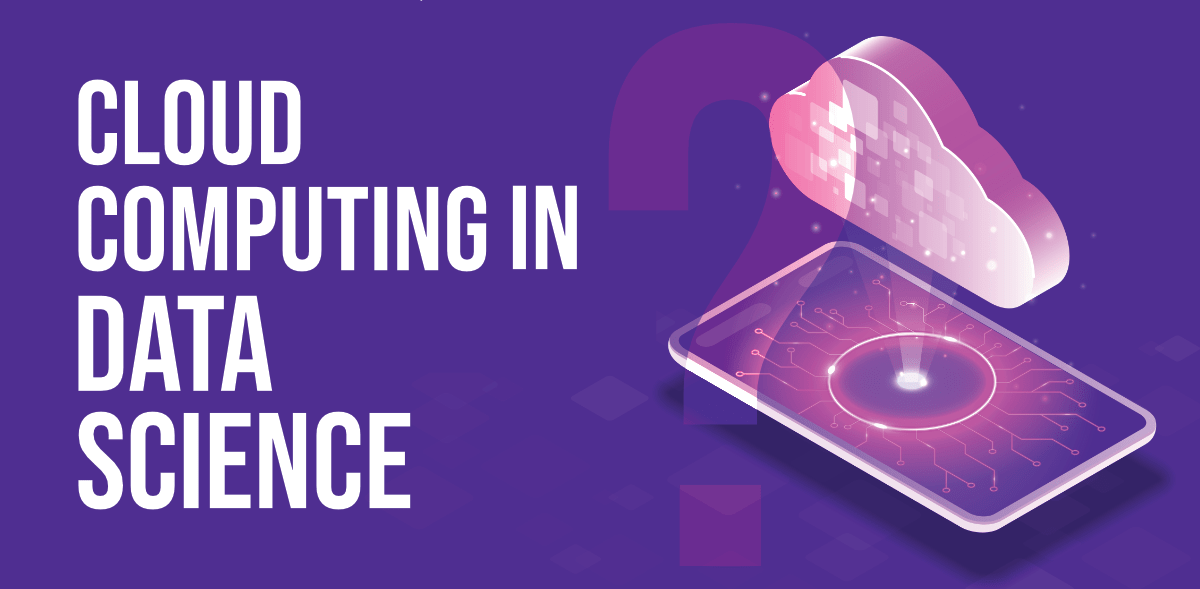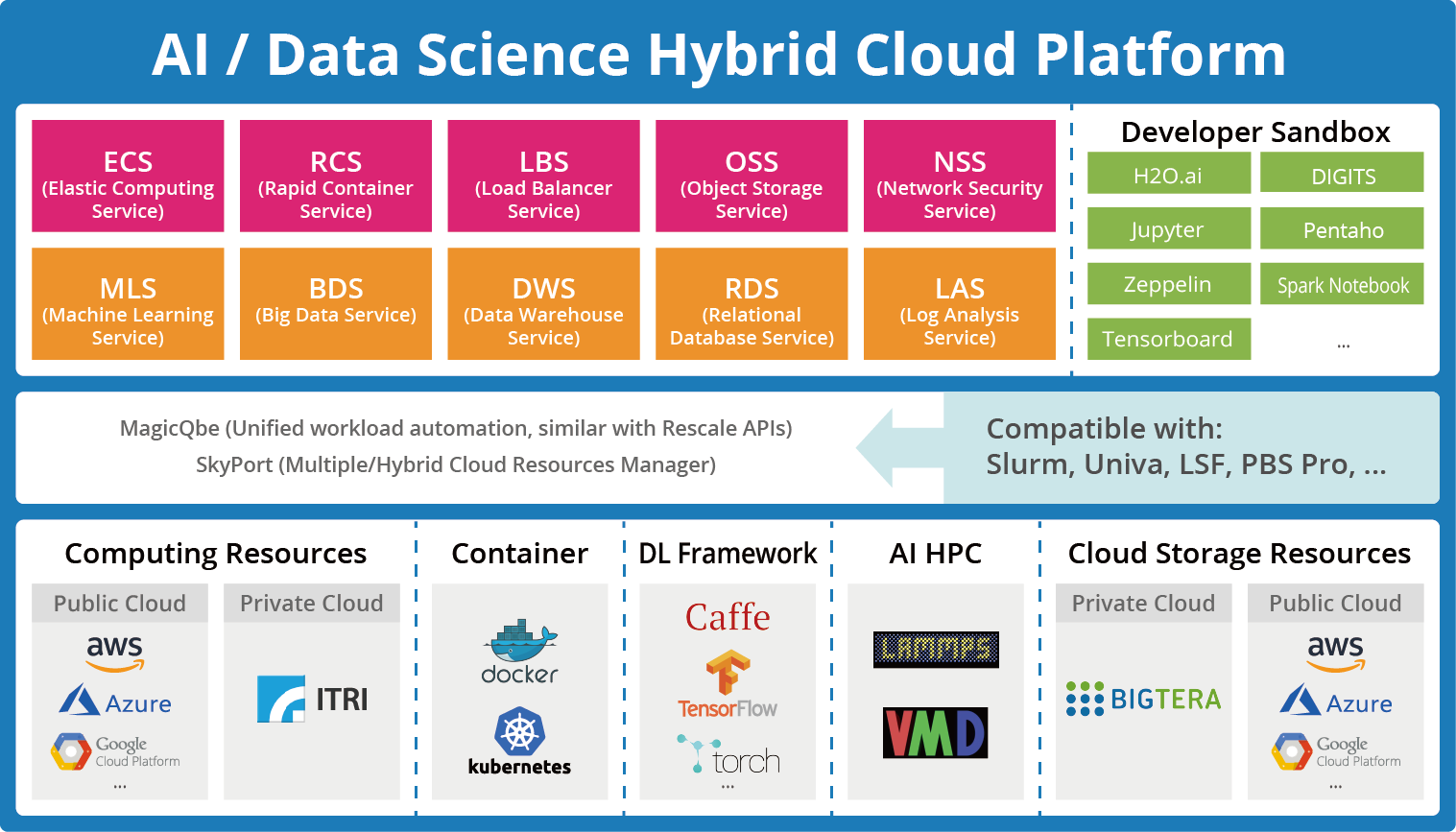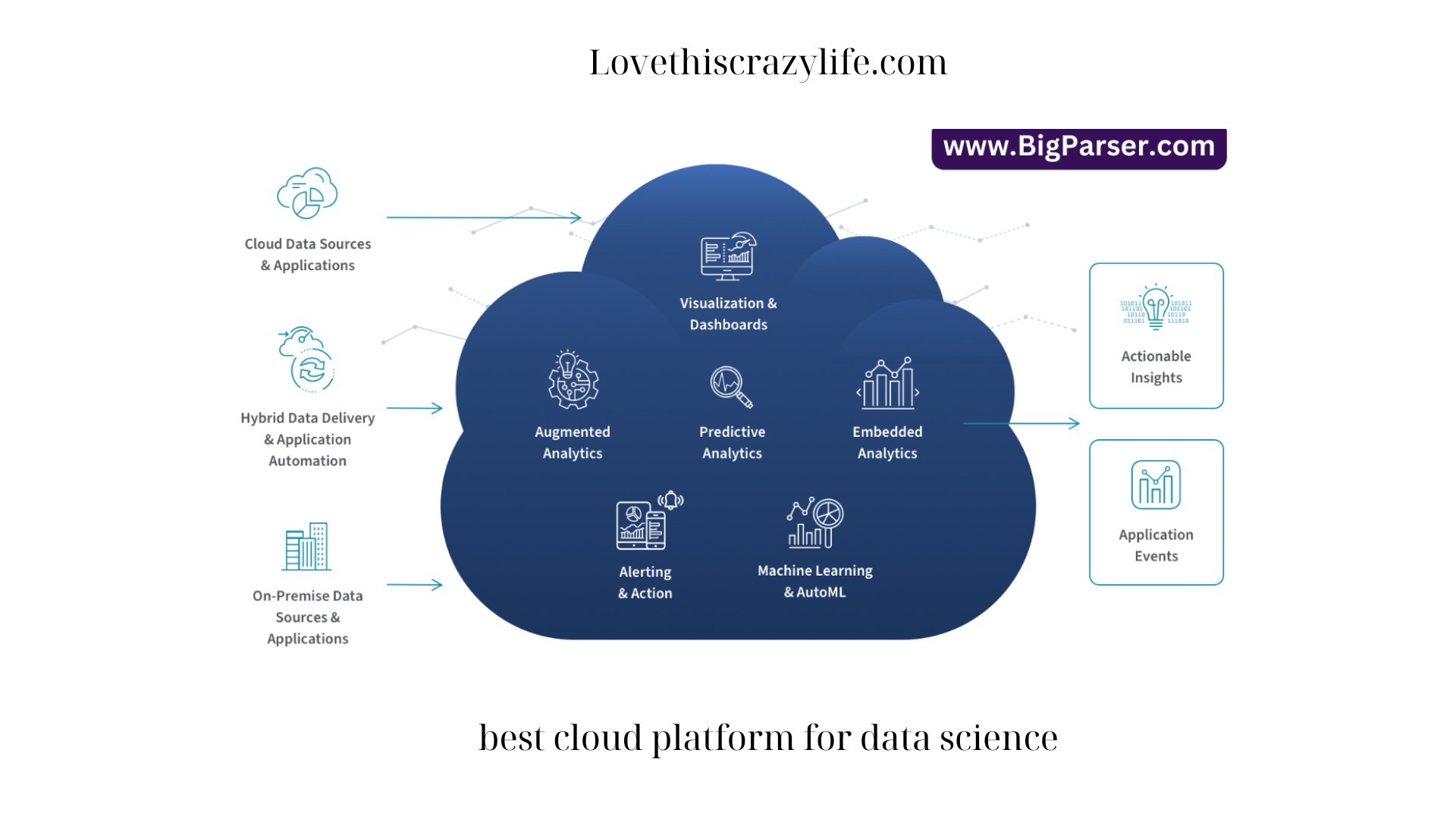In the era of big data, data science has emerged as a critical discipline for extracting valuable insights and driving informed decision-making. As the volume and complexity of data continue to grow, businesses and data scientists are turning to cloud platforms to harness the power of scalable computing and advanced analytics. In this article, Lovethiscrazylife will explore the concept of cloud platforms for data science and delve into the key features and benefits of the best cloud platform for data science options available, enabling data scientists to unlock their analytical potential.
Best Cloud Platform for Data Science: Unlocking Analytical Potential

- The Role of Cloud Platforms in Data Science:
Cloud platforms have revolutionized the field of data science by providing a flexible and scalable environment for storing, processing, and analyzing large best cloud platform for data science. These platforms offer a range of tools, frameworks, and services specifically designed to support data science workflows. By leveraging cloud infrastructure, data scientists can access powerful computing resources, collaborate seamlessly, and accelerate the development and deployment of machine learning models. - Key Features of the Best Cloud Platforms for Data Science:
When evaluating cloud platforms for data science, several key features stand out. Firstly, robust storage capabilities are essential for best cloud platform for data science and processing large datasets efficiently. The best platforms offer scalable and secure storage options, such as object storage or distributed file systems. Secondly, seamless integration with popular data science tools and frameworks, such as Python, R, and TensorFlow, is crucial for enabling data scientists to leverage their existing skill sets and preferred tools.
Additionally, access to scalable compute resources, including virtual machines and serverless computing, ensures that data scientists can execute complex computations and machine learning algorithms at scale. - Scalability and Elasticity:
One of the primary advantages of cloud platforms for data science is the ability to scale resources up or down based on demand. Traditional on-premises infrastructure often struggles to cope with the computational requirements of best cloud platform for data science. Cloud platforms offer elastic scalability, allowing data scientists to expand their computing resources during peak workloads and scale down during periods of lower activity. This scalability eliminates the need for upfront infrastructure investments and provides cost-efficiency by paying only for the resources used. - Collaboration and Accessibility:
Cloud platforms facilitate collaboration among best cloud platform for data science scientists, enabling seamless teamwork and knowledge sharing. Multiple team members can work on the same project simultaneously, accessing shared datasets and models. The best cloud platforms offer version control and collaboration features, allowing data scientists to track changes, merge code, and review each other’s work. Moreover, cloud-based platforms provide remote accessibility, allowing data scientists to work from anywhere, promoting flexibility and productivity. - Advanced Analytics and Machine Learning Capabilities:
The best cloud platforms for data science provide an best cloud platform for data science suite of tools and services to support advanced analytics and machine learning tasks. These platforms offer pre-built machine learning algorithms, libraries, and frameworks, empowering data scientists to develop predictive models, perform data transformations, and extract actionable insights from complex datasets. Furthermore, cloud platforms often provide automated machine learning capabilities, simplifying the process of model selection, hyperparameter tuning, and deployment. - Cost Optimization and Resource Management:
Cloud platforms offer a range of cost optimization features to help organizations manage their best cloud platform for data science workloads efficiently. These platforms provide cost monitoring and reporting tools, allowing data scientists to track resource usage and optimize spending. Additionally, features like auto-scaling and dynamic resource allocation enable efficient resource management, ensuring that computing resources are allocated based on demand, minimizing costs and maximizing efficiency.

- Security and Data Governance:
Data security and governance are critical considerations for data scientists working with sensitive or confidential data. The best cloud platforms prioritize robust security measures, including data encryption, access controls, and compliance certifications. They also provide tools and services for data governance, allowing organizations to manage data access, enforce policies, and maintain compliance with regulations such as GDPR or HIPAA. - Case Studies and Success Stories:
To gain a better understanding of the impact of best cloud platform for data science platforms on data science, it is valuable to explore real-world case studies and success stories. These examples highlight how organizations have leveraged cloud platforms to tackle complex data challenges, improve decision-making, and drive innovation. Case studies can provide insights into the specific features and benefits of different cloud platforms and help data scientists make informed decisions when selecting the best platform for their needs. - Considerations for Choosing the Best Cloud Platform:
Selecting the ideal cloud platform for best cloud platform for data science requires careful consideration of various factors. These include the specific needs and goals of the organization, the nature of the data science projects, the required level of scalability and performance, the integration with existing tools and workflows, and the budgetary constraints. It is essential to assess the platform’s features, pricing models, support services, and community resources to ensure the selected platform aligns with the organization’s requirements. - The Future of Cloud Platforms for Data Science:
As data continues to grow exponentially, best cloud platform for data science will play an increasingly crucial role in empowering data scientists and organizations to extract meaningful insights. The future of cloud platforms for data science is likely to witness further advancements in automation, machine learning, and artificial intelligence capabilities. Additionally, the integration ofadvanced analytics tools with cloud platforms will enable data scientists to leverage cutting-edge technologies such as natural language processing, computer vision, and deep learning to uncover new insights and drive innovation.
Conclusion:

The best cloud platform for data science offer a powerful and scalable environment for data scientists to unlock their analytical potential. With features such as scalability, collaboration, advanced analytics capabilities, and cost optimization, these platforms provide the necessary tools and resources to tackle complex data challenges effectively.
By leveraging the right cloud platform, best cloud platform for data science can accelerate their workflows, collaborate seamlessly, and extract valuable insights from vast and diverse datasets. As the field of data science continues to evolve, cloud platforms will remain at the forefront, empowering organizations to make data-driven decisions and fueling innovation in the digital era.
